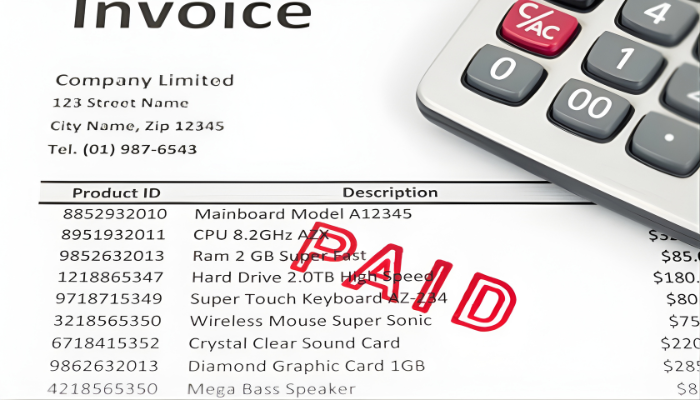
Every time you hire someone new you are putting forward a lot of time and resources to bring that person on board. That is an investment that you hope offers the maximum return in the form of a top performing employee who wows the client and who brings revenue in for many years to come. How can you determine the return on investment (ROI) that you are going to get out of a staffing candidate?
ROI in the Staffing World
Return on investment is a term used in different ways, depending on the situation involved. At its core, however, ROI is the benefit you get after investing something into a resource. For example, if you are calculating the return you get on a stock investment, the equation is fairly simple. You purchased the stock at $10. A year later, you sold it for $15. Your return was 50%.
Calculating the return on investment when it comes to staffing employees is not so straightforward or easy.
The resource you are investing in is the employee. What you are investing in that person is more than just money, however. You are putting time and resources into ensuring that person is ready to do the job for which you hired him or her. You are also investing your agency's reputation and brand into that person.
In addition to the complications of calculating your investment into the employee, there are complexities involved with determining the return you are getting from that person as well. The easiest part is the revenue you receive for that person's work. The client pays their invoice and you put the money in the bank. But, you are also getting intangible returns in the employee's influence on your brand and reputation.
How Can You Calculate (and Maximize) the ROI on a Staffing Candidate?
Choose a method you can use to demonstrate return. Using the cost or speed of hiring as your primary measure does not do that. It only tells you how cheap or fast you hired a person, not whether that person is going to do quality work and optimal performance.
A cost-benefit analysis is generally a good approach for demonstrating return. You have a client with a job opening. None of your current employees can fill the position, either because they lack the skills or they are already in client placements. You have the choice of either turning down the opportunity to fill that job opening or hiring a new person to fill the opening.
Will the return you get from hiring a new person outweigh the return you would get from turning the client away?
Keep track of all costs associated with hiring a new person. These costs should include advertising for the position, recruiting candidates, doing interviews, going through the hiring process, and onboarding/training the new person. By counting all the costs, you can find places where you can keep costs down and where you need to be spending money.
Next, ensure that your hiring process is efficient and effective. Just getting a warm body into a position is not enough in the staffing world. You need to know that anyone you bring on board is going to be the right person for the open job.
- Know what the roles and responsibilities of the open position are, before hiring anyone. This helps you focus your recruitment efforts into finding the right person for the job.
- Carefully screen each job candidate to ensure they are a good fit for the client and your staffing agency.
- Use interviews to further flesh out the job candidate's potential contributions. This is the time to verify the person's qualifications and to get a better idea of their personality and soft skills.
You also need an efficient on-boarding and training process. This minimizes the time preparing this new person to be an effective contributor for the client and your agency.
Set solid goals with definitive time intervals for the new employee's performance. This helps you measure how well this person is doing and whether you need to do further training or if you have definite problems you need to address. You should give the new person an appropriate amount of time to get acclimatized to the job.
Have the client perform assessments at given times. This can be at the end of the first week, second week, first month, etc. This gives you their assessment of whether this person is meeting performance expectations or if there are potential issues.
And finally don't settle for the wrong person. When you have a client with an open position, you may feel pressure to get someone into that job quickly. However, putting the wrong person in that job will end up only alienating the client and damaging your agency's reputation.














